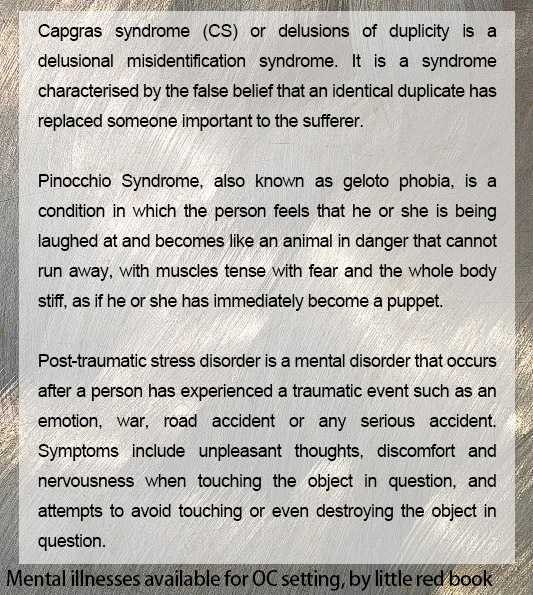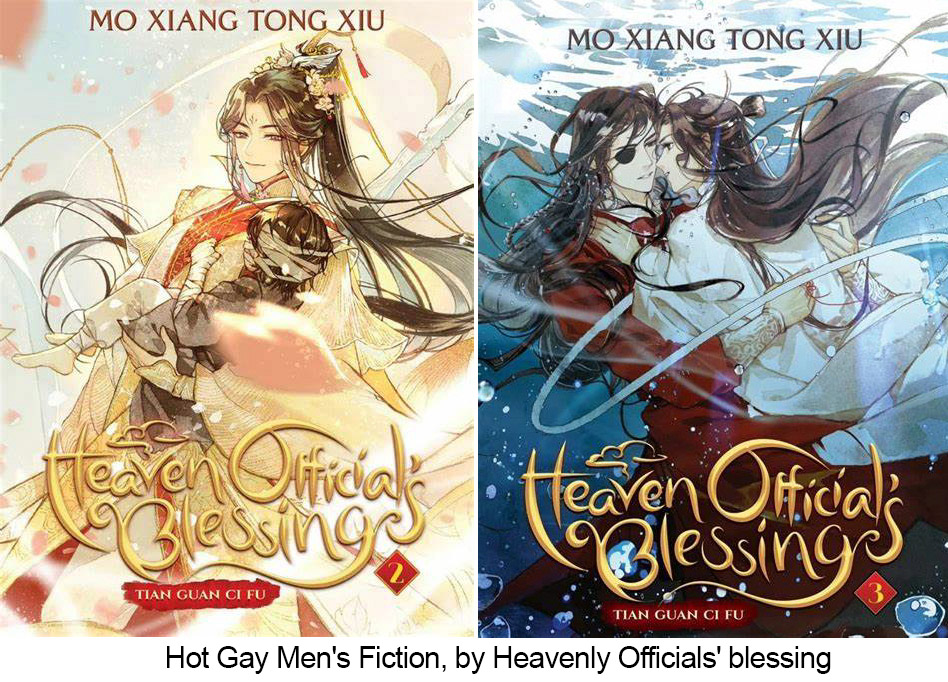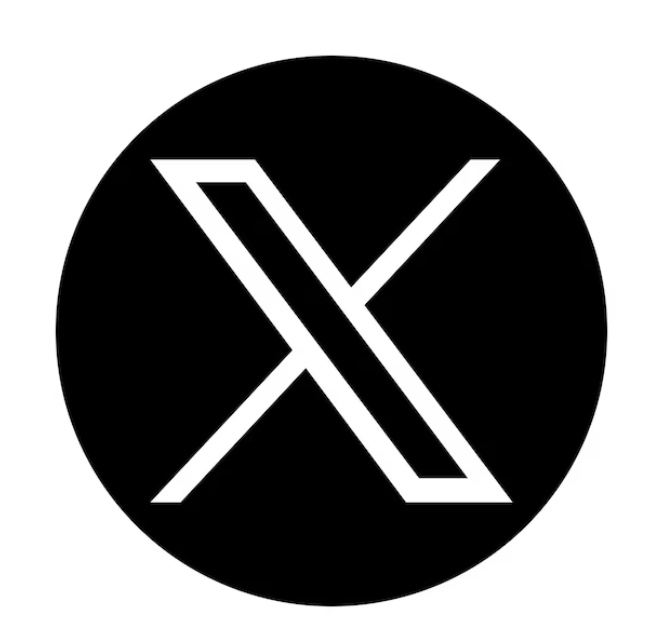With the growth of the online community, original characters have become an important way for many creators to express their imagination, reacting to their views on character diversity and inclusivity through OC creations.
Estire Cheng, who studied Fashion Design at UCA, works as a fashion designer and also moonlights as a print model. In the course of her work, she felt more and more the constraints of gender concepts on people, so she created her original character (short for OC) Eduardo. Eduardo is an androgynous character who expresses her rebellion against traditional gender concepts and stereotypes through her OC.
In addition to creating non-binary gender and transgender characters, many creators also like to add disability settings to OCs, including scars, physical disabilities, and mental issues.

‘Can you believe that there are even articles written specifically to instruct others on how to pick out the best mental illness for their original characters?’
Wen is a novelist who writes novels set in Cthulhu mythological, in which characters often have mental problems. She describes to me what she’s found while gathering material, ‘A lot of people want to create original characters, but not knowing how to refine the characterisation from the story setting, they’re left with the easier way – finding a mental illness that sounds interesting.’
But Wen also acknowledges that more and more people are looking at real-life issues as a result of creating disabled OCs, and she herself is working to ensure that disabled people can get around.
‘The protagonist in my novel briefly becomes blind, and when I search for how blind people can live a normal life, I was shocked at the facilities for the disabled in China. After learning about the difficulties of travelling for the blind, I wrote the information I gathered into my novel, and I hope that more and more people will pay attention to the disabled community and safeguard their quality of life and dignity.’

Contrary to reality, the LGBTQ+ trend in the virtual world is particularly hot. Productions related to the LGBTQ+ community, especially the gay and lesbian community, tend to gain a lot of viewers. But that doesn’t mean progress for equality. As more and more teens began to read gay and lesbian fiction, some teens without the ability to discern independently began to appropriate LGBTQ+ ideas into other works, breaking up couples in works with official couples and choosing gay partners for one of them.
‘I’m really fed up with the fact that my OC is a male/female couple, but there are always people underneath my tweets saying that my male OC’s interactions with another male supporting character have more of a lovey-dovey vibe to them, even though I’ve emphasised countless times that they’re not a gay male couple.’
Ms Blue is an amateur cartoonist who enjoys posting her OC comics on social media platforms. Filled with anger, she told me that she very much dislikes being misunderstood by others about OC’s sexuality.
‘It doesn’t mean I don’t support the LGBTQ+ community, I have a lesbian OC couple and I love creating their stories. But it angers me that despite my repeated statements, someone still thinks that my male OC, who has a female sexual orientation, is a gay man, because it goes completely against what he set out to do.’
Ms Blue wants readers to respect creators and not force ideas on them. ‘These are my original characters and I can’t accept anyone else misinterpreting them. I also don’t accept readers using them as examples of spreading LGBTQ+, they are perfectly capable of finding their favourite characters from other queer and trans OCs.’
This website is part of a student project. While the information on this website has been verified to the best of our abilities, we cannot guarantee that there are no mistakes or errors.
The material on this site is given for general information only and does not constitute professional advice.
The views expressed through this site are those of the individual contributors and not those of the website owner. We are not responsible for the content of external sites.


